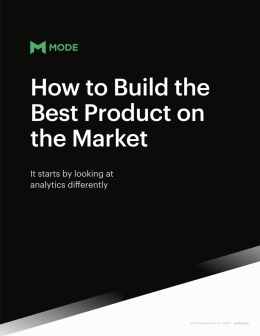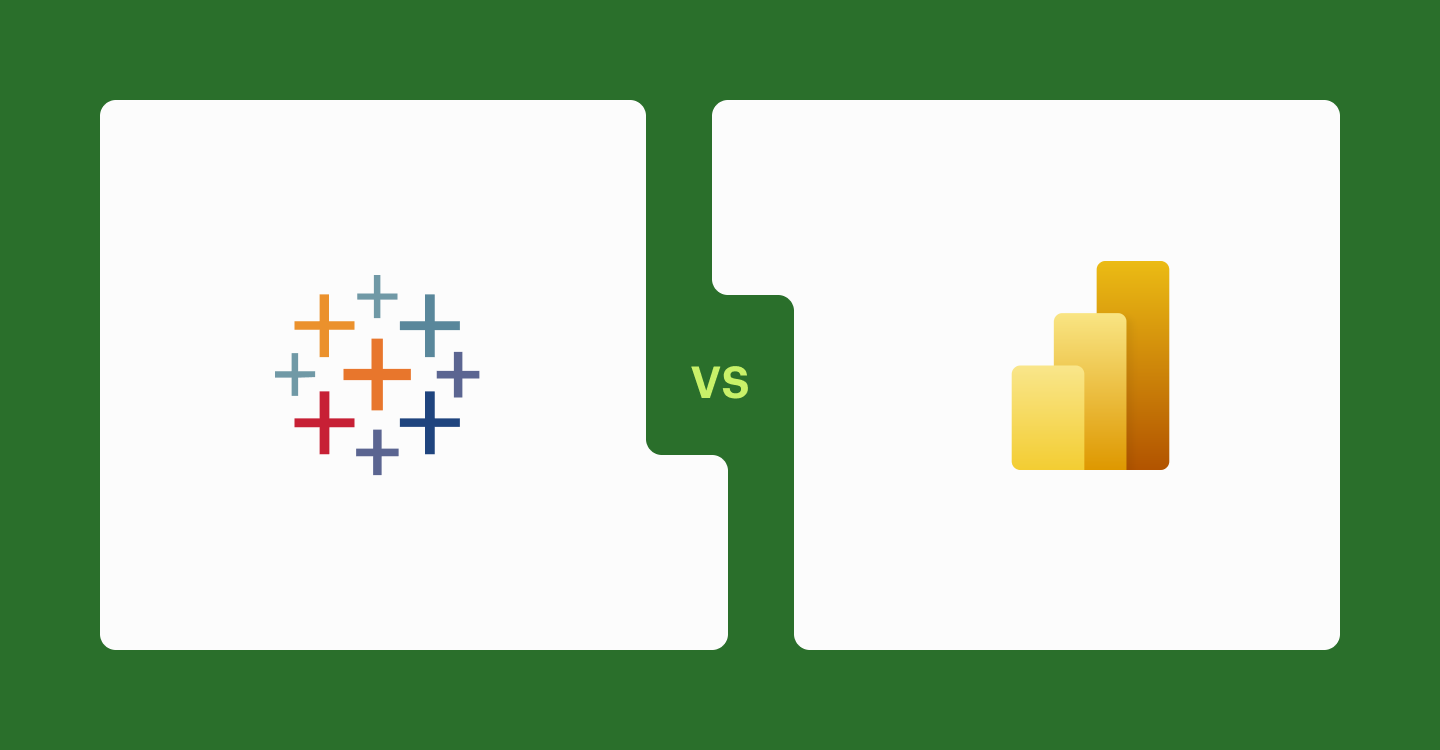(At Least) 5 Ways Data Analysis Improves Product Development

Maura Ginty, Chief Marketing Officer
December 8, 2020
NaN minute read

One of the inevitable questions brought to a data analyst at any SaaS company is: how do we use our data to improve our product?
At Mode, we believe that iterative analytics is a critical method to how you answer any meaningful product question. Traditional BI tools are great at answering static questions (examples: how many purple socks did we sell today?), but not the big-picture questions that direct decisions on what big swings to take in your product roadmap.
Here are five ways that we see data science as necessary to prioritize the best product development choices:
1. Get closer to a 360 view of the customer
While a fully connected view of the customer may still be more ambition than reality, and assume that such promises stem from ambitious sales or marketing, advanced analytics tools can help you get there. Quickly writing a query that brings together customer data and user data can give you insights that neither data source can give you alone.
2. Gain more flexibility in your data preparation
While most businesses view data prep and analysis as separate universes, we find that the greater need is to move fluidly between prep and analysis. Data prep happens when you create datasets on the fly, or as you move it into R or Python for a different approach. To explore different directions that weren't obvious when you began your analysis, you need a lightweight and flexible way to prep your data.
3. Accept that the data you have is flawed
You need to be nimble to get answers from the data you have. It’s likely to be insufficient, but you’ll only build on it through a willingness to do a fair amount of clean-up and validation before you start. You’ll inevitably find that events aren’t tagged right or the data model doesn’t include a new release. Product data is dynamic. Know that there will be cycles of refinement.
4. Collaborate to take advantage of the data that lives with other groups
Other departments hold dimensions of customer data that can better inform product decisions. It's best to choose an analytics tool that lets you share and collaborate on analysis easily. Without looking at product health metrics alongside sales, marketing or customer service data, product teams lack context.
5. Quickly switch back and forth in early analysis—but do so with a plan to evolve
Initially, you’ll be going from iterative analysis to rapid visualization to prototype and you'll want to make sure you’re going in the right direction. Ultimately, you want to update your current BI tooling or create data apps for long-term operations in a way that answers the majority of (or most common) questions from stakeholders and other end users. The learnings may need to carry over to related models like marketing lead scoring or customer success health scores. Think of this as the transition from investigating to monitoring.
Making the best product decisions requires more than one tool
Advanced analytics tools let you quickly write a query, visualize it in a chart immediately, and determine how you need to adjust your analysis based on that visualization. At every step, you’ll be able to check and see if you’re headed in the right direction, which makes product development and iteration easier. At the end, you can create a simple data layer or a data app that can include automation or machine learning to support how others may need to follow or extend on similar investigative lines.
Relying on product analytics and BI tools alone puts product organizations at risk for short-sighted focus. When decisions are made without enough context, it can often require course-correcting, taking away from time that could be spent staying ahead of users’ needs.
Using advanced analytics tools, alongside BI and products tools, let teams move through a volume of decisions with more information, pointing product development on the right path.
Download

Determine your next big product decision with Mode
Products are expensive to build. Learn why dashboards are not enough for product roadmap decisions and why you need a tool that lets you do iterative analytics.
Learn more about product analytics.
Get our weekly data newsletter
Work-related distractions for data enthusiasts.




